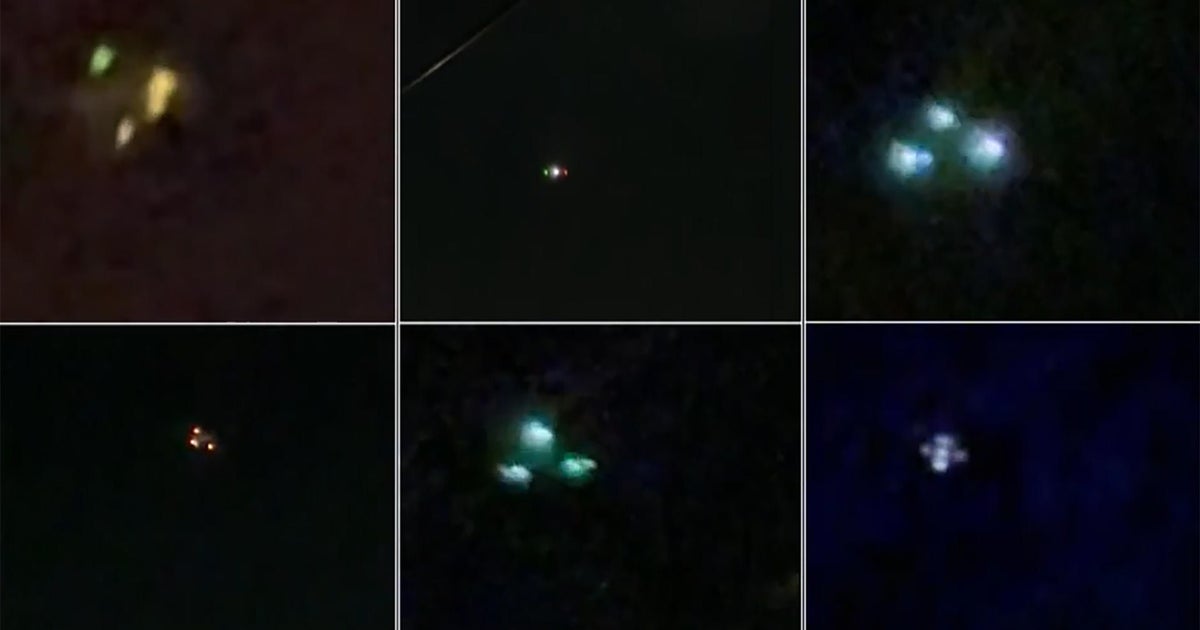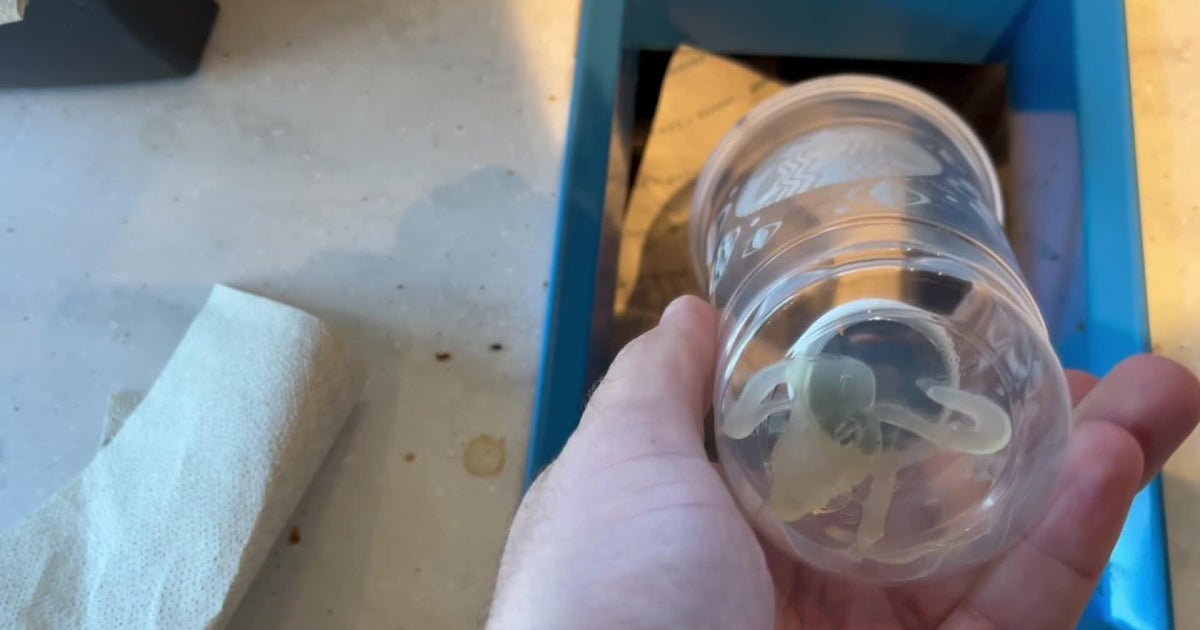Countdown Is On For Launch Of NASA's Bold Lucy Mission To Explore Ancient Asteroids
MIAMI (CBSMiami) – Saturday, October 16, NASA will make history by launching the Lucy mission, the first mission to study the mysterious Trojan asteroids.
Named after characters in Greek mythology, this unique group of asteroids circles the Sun in two swarms, with one group leading ahead of Jupiter in its path, the other trailing behind it.
These ancient Trojan asteroids are virtually untouched since the birth of our solar system, and like fossils on Earth, hold important clues to the past.
Trojan asteroids are remnants of the ancient material that formed the outer planets some 4.5 billion years ago.
During the 12-year-journey, Lucy will visit an unprecedented eight different asteroids, a Main Belt asteroid and seven Trojans, during its epic journey.
Lucy's name is a nod to the famous 3.2-million-year-old "Lucy" skeleton that helped scientists piece together human evolution. Just as the Lucy fossil changed our understanding of human evolution, this Lucy in the sky will revolutionize our understanding of the Solar System's origins.
Lucy is the first spacecraft to visit this group of asteroids, and it'll also be the first probe to return to the vicinity of Earth from the outer solar system when it swings back to adjust course.
Fun Fact: When the Lucy spacecraft flies into the sky on Oct 16, it will be carrying a 3.98 gm, or 19.9 carat, diamond with it. This manufactured diamond (1-mm thick and 38 mm in diameter) serves as the beam splitter for Lucy's far-infrared spectrometer, L'TES. That instrument will allow scientists to determine the temperature, and thus infer the surface properties, of the Trojan asteroids.






